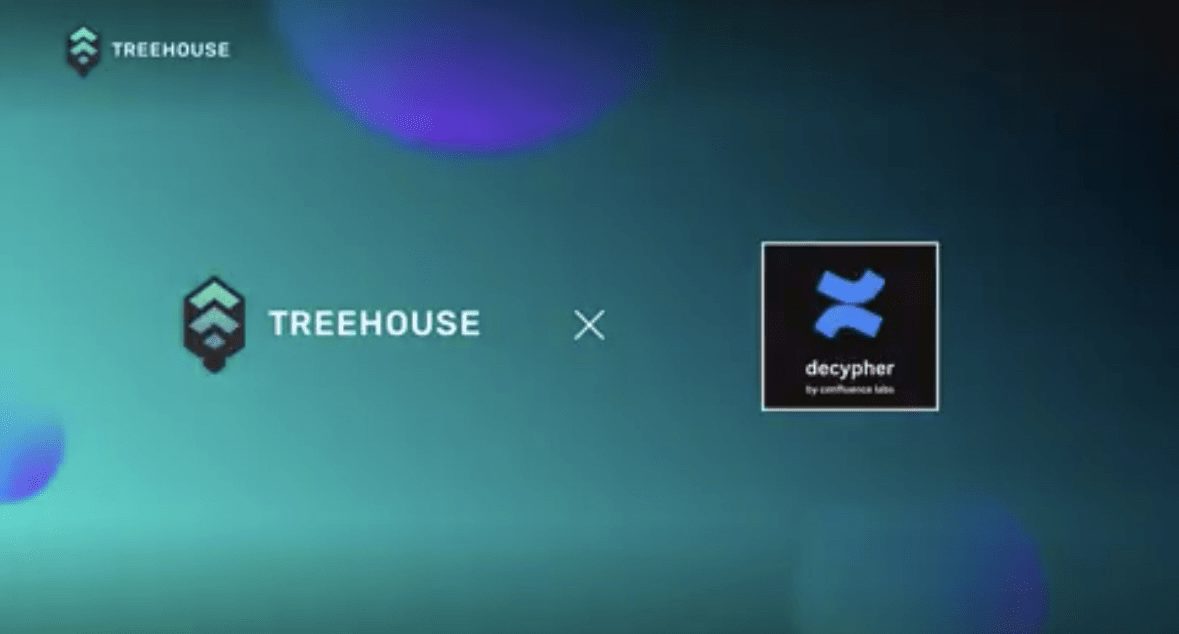Cross-Chain Expansion: tAssets Breaks Through Ethereum's Boundaries, Initiating Multi-Asset Layout
The decentralized fixed income protocol Treehouse recently announced significant news on its X platform: its core product tAssets will break through the single-chain limitation of Ethereum (ETH) and extend to more public chains and asset types.
This strategic adjustment was deeply analyzed in the podcast conversation between Jack Niewold and Treehouse's 'Chief Squirrel' Brandon Goh—tAssets, as Treehouse's flagship product, initially centered on Ethereum and provided users with stable on-chain yields through structured financial instruments. This expansion means it will cover mainstream public chain assets such as Bitcoin, Solana, and Avalanche, and even includes compliant stablecoins and cross-chain derivatives, further enriching the choice pool for decentralized fixed income.
Strategic Core: Using 'Unified Interest Rates' as an Anchor to Build Sustainable DeFi Infrastructure
This expansion is not coincidental but a key step in Treehouse's long-term strategy. According to its publicly available protocol documents, the team has always been committed to 'breaking down inter-chain barriers and unifying the on-chain interest rate system', and building a more resilient DeFi infrastructure based on this.
The underlying logic is clear: as the crypto market matures, institutional investors' demand for yields has expanded from a single ETH to multiple asset classes, making traditional 'single-chain yield strategies' unable to cope with the complexities of cross-chain asset allocation.
By expanding the coverage of tAssets, Treehouse can meet institutional demands for diversified yields and optimize capital efficiency through cross-chain collaboration, promoting DeFi's upgrade from 'fragmented applications' to an 'integrated financial network'.
Industry Background: Opportunities in the Ethereum Ecosystem and the Inevitability of the Multi-Chain Era
As the 'cradle of DeFi', Ethereum currently hosts over 280,000 ERC-20 tokens, accounting for over 60% of the total value locked (TVL) in global DeFi, making it the core vehicle for smart contracts and financial instruments.
But in recent years, the rise of multi-chain ecosystems has become an irreversible trend—different public chains attract a large number of users and assets with their own technical characteristics (such as Solana's high throughput and Avalanche's low gas fees), forming a pattern of 'fragmented on-chain assets'.
Treehouse's expansion is a precise response to this trend: while relying on the Ethereum ecosystem foundation, it accesses traffic and assets from other public chains through cross-chain compatibility, avoiding the risks of 'single-chain reliance' and replicating Ethereum's mature financial model to emerging chains, achieving 'multi-chain yield collaboration'.
For the entire DeFi industry, Treehouse's actions may accelerate the process of 'cross-chain fixed income standardization'.
Through the cross-chain adaptation of tAssets, interest rate data and risk parameters from different chains will be incorporated into a unified framework, allowing users to complete asset allocation and yield management without switching between multiple chains. This not only lowers the barriers to using DeFi but also provides developers with standardized yield modules, promoting the birth of more innovative financial products.
It is foreseeable that as the territory of tAssets expands, the decentralized fixed income market will shift from 'fragmented competition' to 'coordinated development', laying a more solid foundation for the scaled application of crypto finance.
